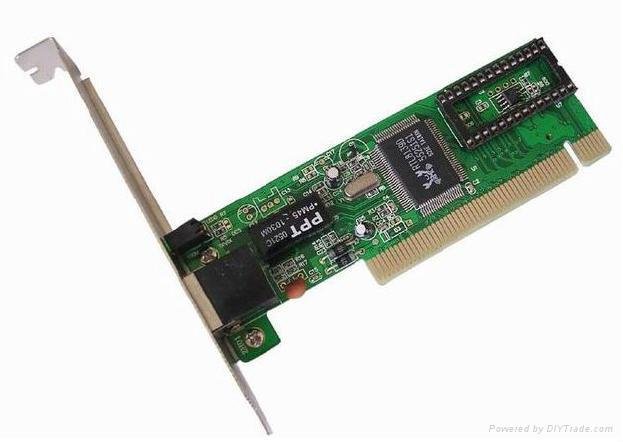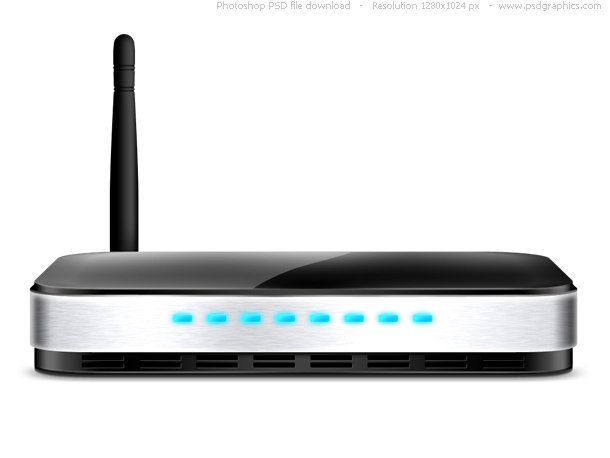Network Connection
4G wireless is the term used to describe the fourth-generation of wireless service. 4G is a step up from 3G, which is currently the most widespread, high-speed wireless service. 4G is only available in limited areas.
Bluetooth - Bluetooth is a specification for the use of low-power radio communications to link phones, computers and other network devices over short distances without wires. Wireless signals transmitted with Bluetooth cover short distances, typically up to 30 feet (10 meters).
Wireless - Wi-Fi is the technology used for wireless networking. If your computer has a wireless card, it is most likely Wi-Fi compatible. The wireless card transmits to a wireless router, which is also based on the Wi-Fi standard. Wireless routers are often connected to a network, cable modem, or DSL Modem, which provides Internet access to anyone connected to the wireless network.
 Network Interface Cards (NIC) - Network Interface Cards is a computer circuit board or card that is installed in a computer so that it can be connected to a network. Personal computers and workstations on a local area network typically contain a network interface card specifically designed for the transmission technology. Network interface cards provide a dedicated, full-time connection to a network. Most home and portable computers connect to the Internet through as-needed dial-up connection.
Network Interface Cards (NIC) - Network Interface Cards is a computer circuit board or card that is installed in a computer so that it can be connected to a network. Personal computers and workstations on a local area network typically contain a network interface card specifically designed for the transmission technology. Network interface cards provide a dedicated, full-time connection to a network. Most home and portable computers connect to the Internet through as-needed dial-up connection.

No comments:
Post a Comment